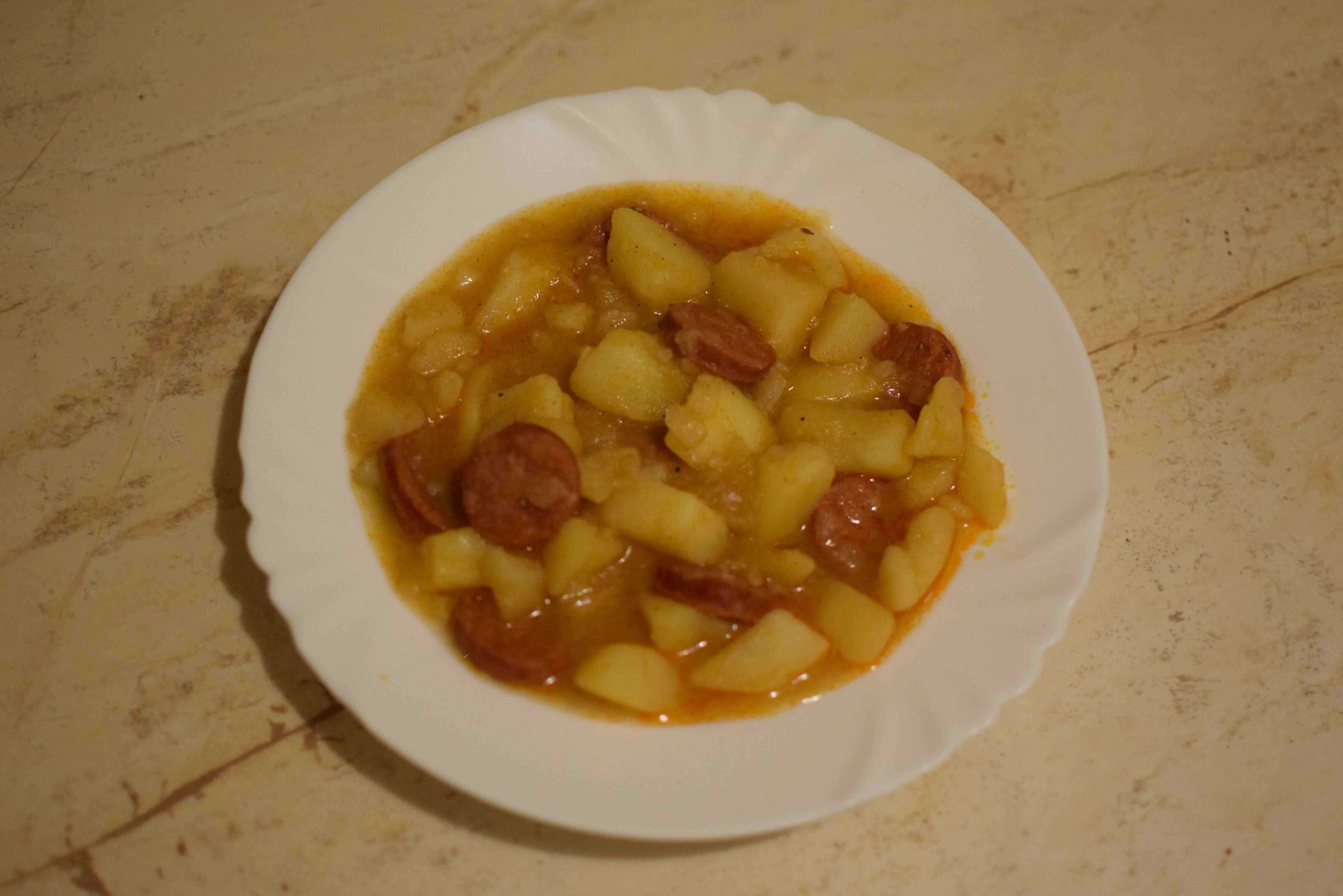This is how Hungarian goulash and pörkölt/stew will change in the next decades
According to a freshly published study, the original ingredients of our favourite gastronomic specialities might be replaced by alternative proteins within 15 years.
Alternative proteins becoming more and more popular nowadays enable consumers to replace meat in their diets. These include plant-based proteins produced by micro-organisms or bred from animal cells which are currently chosen due to environmental, health or animal rights considerations.
Still, it seems that the growing popularity of alternative proteins will take over the power in the world of gastronomy. According to a freshly published study carried out by Boston Consulting Group (BCG) and Blue Horizon Corporation,
by 2035, they may replace meat protein in 90% of our favourite Hungarian dishes, including the best-known Hungaricum goulash.
As the Hungarian news portal Portfolio reports, the market for protein replacement alternatives could grow from last year’s 13 million tonnes to nearly 100 million tonnes by 2035, accounting for 11% of the total protein market. If the industry’s innovation process accelerates, CO2 emission prices will continue to rise, and farmers switching from livestock to alternative protein production will receive support, which could even double in the next decade and a half.
As a result, meat consumption in Europe and the United States will peak in 2025; and from that point, a constant decrease can be expected.
As far as sustainability is concerned, if the 11% market growth outlined in the study on alternative proteins is realised by 2035, global emissions can be reduced by more than one gigaton by replacing meat and eggs, as well as the use of alternative protein sources could lead to significant savings in drinking water. Based on estimations, agriculture could save at least 39 billion cubic meters of drinking water over the 15 years that could cover the water consumption of the inhabitants of London for 40 years.
The biggest challenge for alternative proteins is reaching or exceeding the taste, texture and price of the current level of meat supply. According to the research, this will be implemented in three phases: firstly, plant-based alternatives such as burgers, dairy products, and egg substitutes made from soy, pea, and other plant proteins will achieve substitutability by 2023 the latest. Then, alternative proteins produced from microorganisms such as fungi, yeasts, and unicellular algae could reach the desired levels by 2025. And finally, proteins bred directly from animal cells may meet the above expectations by 2032.

Read alsoDiscovering Hungary through its cuisine – lockdown edition – RECIPE
Source: portfolio.hu
please make a donation here
Hot news
Slovak PM Fico may sacrifice his good relations with PM Orbán to keep his governing coalition
Orbán cabinet: Hungary can receive 6.61 billion euros from the EU in 2025
Experience the magic of Zagreb’s Christmas market with a special train from Hungary!
PHOTOS: Amazing Roman Catholic parish house inaugurated in Transylvania
PM Orbán: Patriots in majority in the Western world with Trump, left unable to govern
Big change ahead: Hungarian government bans alcohol from shop windows





1 Comment
Manufactured meats in a laboratory are not healthy.
Those who push these “meat alternatives” oppose GMO foods, but totally accept chemical meats.
These people have no logic, just an agenda to force veganism on every human.